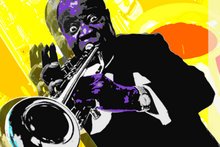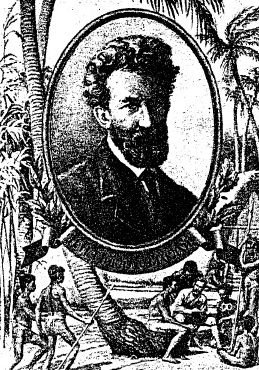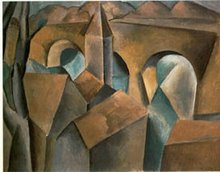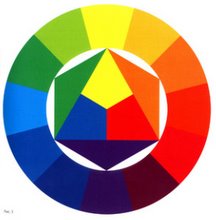
Malevich wrote about Suprematism in his treatise The Non-Objective World: Suprematism is the rediscovery of pure art that, in the course of time, had become obscured by the accumulation of "things" . . . The black square on the white field was the first form in which nonobjective feeling came to be expressed. The square = feeling, the white field = the void beyond this feeling. Yet the general public saw in the nonobjectivity of the representation the demise of art and failed to grasp the evident fact that feeling had here assumed external form. The Suprematist square and the forms proceeding out of it can be likened to the primitive marks (symbols) of aboriginal man, which represented, in their combination, not ornament, but a feeling of rhythm. Suprematism did not bring into being a new world of feeling but, rather, an altogether new and direct form of representation of the world of feeling . . .. The new art of Suprematism, which has produced new forms and form relationships by giving external expression to pictorial feeling, will become a new architecture: it will transfer these forms from the surface of canvas to space . . .. Suprematism has opened up new possibilities to creative art, since by virtue of the abandonment of so-called "practical consideration, " a plastic feeling rendered on canvas can be carried over into space. The artist (the painter) is no longer bound to the canvas (the picture plane) and can transfer his compositions from canvas to space"











